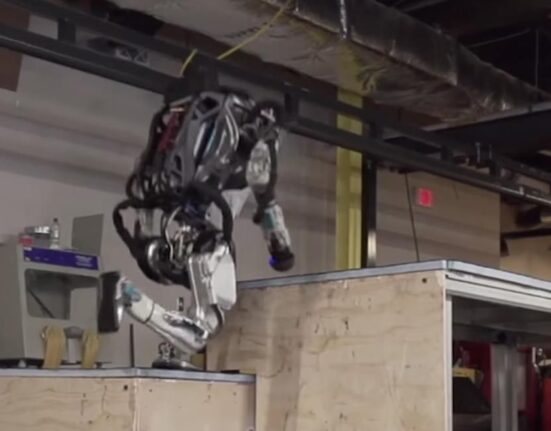Imagine a microscopic world where tiny viruses battle it out, and our bodies are the battleground. In this world, one virus, rotavirus, wreaks havoc on our gastrointestinal system, causing stomach and intestinal inflammation with severe dehydration. But fear not! Scientists have armed us with two main vaccines: Rotarix (RV1) and RotaTeq (RV5), which have been superheroes in reducing severe rotavirus cases. However, they’re not invincible.
Diving into this viral saga is a team of researchers led by Jiye Kwon from Yale School of Public Health. Their mission? To uncover why some vaccinated children still fall victim to rotavirus. Previous studies focused on just two proteins on the virus’s surface but left out the other 11 genetic segments that make up its “backbone.”
“Previous research has focused on just the outer proteins of the virus, but rotavirus has a total of 11 genetic segments.”
Kwon and her team embarked on an epic quest, analyzing 254 cases of rotavirus-related illness between 2012 and 2016 in the US. They delved deep into the viruses’ entire genetic codes and compared them to our vaccine allies – Rotarix and RotaTeq. Through their sieve analysis technique, they discovered that distance matters; the further genetically different the circulating strains were from the vaccines, the weaker our heroes’ protection became.
“We wanted to look at the full genome to explore whether these remaining nine segments… may explain variation in vaccine effectiveness against rotavirus strains.”
Picture this: Rotarix champions those genetically similar viral strains like knights defending their castle walls. But when faced with significantly different foes beyond 9.6% genetic dissimilarity, its shield weakens. On the other hand, RotaTeq shows a similar defense strategy but with less dramatic variations in effectiveness.
As our heroes battled on different fronts across locations using either vaccine, a revelation emerged – viral evolution was at play! In areas where Rotarix reigned supreme or RotaTeq stood as protector, genetically distant strains thrived over time due to natural adaptation against vaccine-induced immunity.
“Current vaccines still provide strong protection against severe illness in rotavirus…”
With these groundbreaking findings encouraging ongoing vigilance against rotavirus evolution for sustained vaccine efficacy in mind, co-senior author Virginia Pitzer emphasizes how crucial it is to consider not just surface proteins but also delve into each virus’s entire genetic blueprint when crafting future vaccines.
The tale doesn’t end here; more heroes are joining forces as new rotavirus vaccines emerge onto the scene. The key lies in understanding every gene segment’s role through whole genome sequencing data – a strategy that could safeguard their triumph for years to come.
So next time you hear about these tiny warriors fighting within us all – remember their hidden secret lies within their “backbone,” guiding us towards victory over formidable foes like rotavirus!








Leave feedback about this